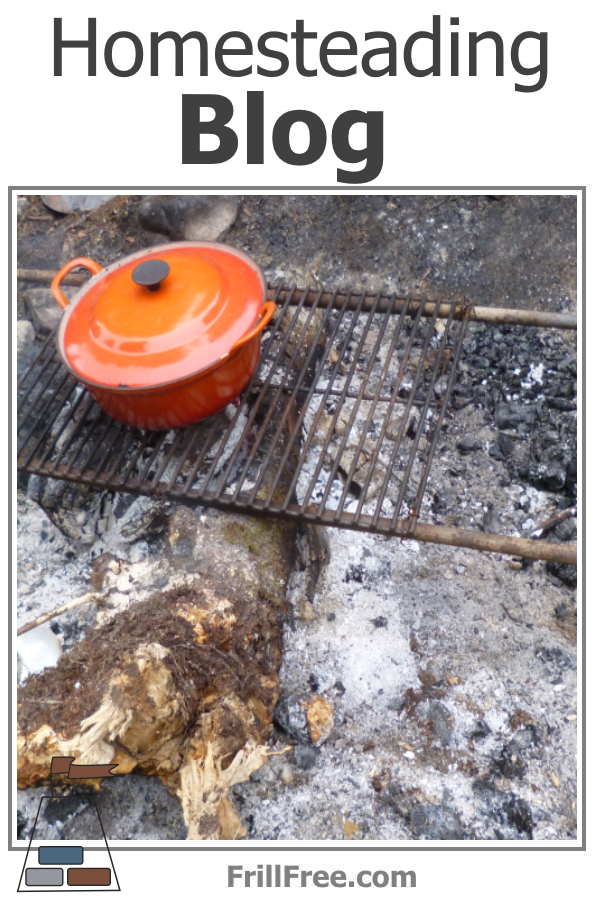| Back to Back Issues Page |
 |
|
Frill Free Zone Newsletter Q&A April 01, 2022 |
There have been a lot of questions over the years, and now it's time to try and answer a few of them. If you have any queries for me to answer, reply to this email. April 1 2022This is the time of year to start seeding for the vegetable garden, as well as the perennial border, hanging baskets and orchards. But how do you know what kind of treatment the seeds need? Generally, vegetable seeds don't require a cold period - although there is a sneaky way to get short lived seeds like carrots and parsnips to germinate, if they've been stored over the winter. They will break dormancy if they get a freeze in the freezer. Put them in a zip loc bag with some damp sand, then put them in the freezer for a week. They will most likely germinate quickly after that. There is a good reason why the package will tell you to purchase new seed, but now you know the secret to getting reluctant carrot family seeds to germinate, you'll no longer have to follow that advice. Keeping seeds year after year can gradually diminish the germination percentage, which is where the seed catalogs come in handy. There is a lot of information in there, under each plants listing. Read carefully to get the size of the plant, the distance you should seed them apart, the time the plant will take to start producing fruit, and so on. Many novice gardeners tend to seed much too thickly. Then every single seed germinates and you need to thin, which can cause root damage in the adjacent plants. It's better to get good at seeding thinly. I use a simple seeder, which can be adjusted to fit each type of seed. The seeder I use is just a small round plastic lidded container purchased from Lee Valley. To seed a lot of one kind of plant, such as lettuce, I use a 1020 plastic flat, and press a stick into the soil lengthwise. This creates a tiny depression, which is then seeded. The little plants are much easier to remove for transplanting when they're in a row. For just a few seeds of a particular plant, use a round or square plant pot. For plants that resent transplanting, start them indoors in kraft paper egg cartons. Then just plant the whole thing where they're to grow. The roots will break through the wet paper and get established in the soil quickly. This works great for nasturtiums, beans, squash and other plants. Do you have any tips for seeding your plants this spring? If you would like me to answer your questions, reply to this email,use the contact form, or fill out the survey on the bottom of every page of the website. Visit the Homesteading Blog for all new and updated pages. 

|
| Back to Back Issues Page |